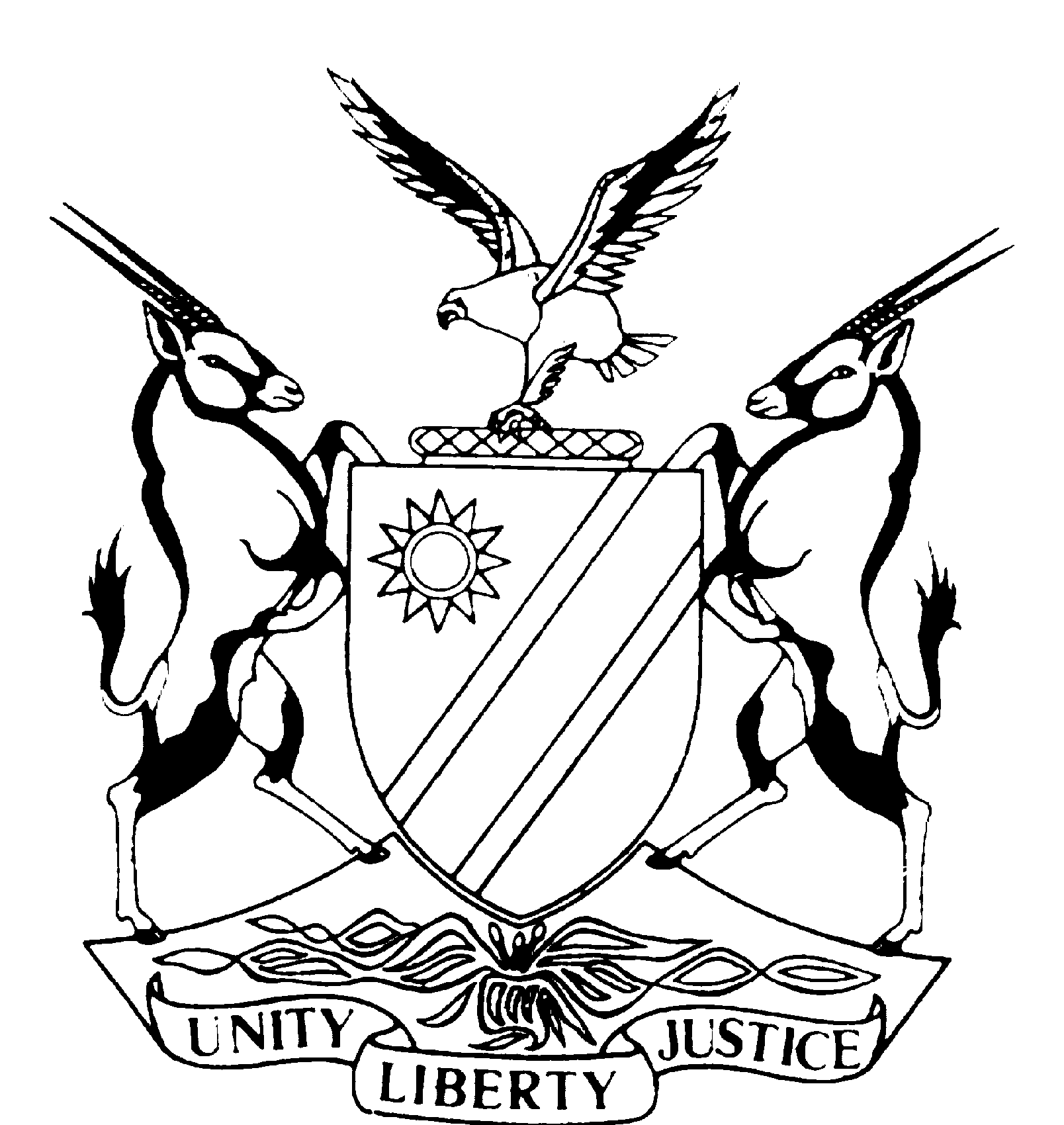 REPUBLIC OF NAMIBIA
REPUBLIC OF NAMIBIA
CASE NO. CR 33/2011
IN THE HIGH COURT OF NAMIBIA
In the matter between:
THE STATE
and
ANDREAS ERASTUS
HISKIA NDERURA
BRENDLY KENAMBARA
HIGH COURT REVIEW CASE NO. 1332/2010
MAGISGRATES’S SERIAL NO. R/C 70/2010
CORAM: SHIVUTE, J et SIMPSON, AJ
Delivered: 2011 April 13
___________________________________________________________________________
REVIEW JUDGMENT
___________________________________________________________________________
SHIVUTE, J: [1] This matter was placed before me in terms of section 116 (3) of the Criminal Procedure Act 1977. (Act 51 of 1977) for Special Review by the Regional Magistrate, Swakopmund.
[2] The three accused persons were convicted in the District Court of theft of a cow read with the provisions of Stock Theft Act 1990. (Act of 1990). They were referred to the Regional Court for sentence.
[3] It is inter alia, pointed out in the Regional Magistrate’s motivation that the convictions of the accused persons were not in accordance with justice, as the state did not make a prima facie case against the three accused persons. The complainant testified that the colour of her cow that was stolen was brown. The witness who was looking after the cow said it was dark brown in colour and another witness who found the accused persons in possession with the meat, and a skin said the colour was dark grey. The state did not prove any link between the complainant’s stolen cow and the meat, skin of the cow that was found in possession of the three accused persons.
[4] In the light of the motivations referred to above I raised the following query with the learned magistrate:
1. According to the complainant, her cow that was stolen was brown in colour, Kapure one of the witnesses said that the cow which he was looking after on behalf of the complainant was dark grey or dark brown and Kauma testified that the cow that was slaughtered by the accused persons was dark grey. Which colour was the complainant’s cow?
2. How did the learned magistrate satisfy herself that the cow that was slaughtered by the accused persons is the one which belonged to the complainant?
[5] The magistrate replied as follows:
“After reading through the record, I agree that the evidence tendered was not sufficient to convict the accused persons. Complainant said the cow was brown, Kapure said it was dark grey or dark brown but most of his evidence on page 29 is hearsay. The evidence of the most vital State witness Kauma is that the cow was dark grey that is the skin he found. (sic) When looking at the evidence in total it is too skeletal and conflicting, so the conviction can be set aside. I stand to be guided.”
[6] The learned magistrate correctly conceded that the evidence tendered by the State is too skeletal and conflicting. It has not been established that the meat and the skin found in possession of the three accused persons was that of the complainant’s cow. The accused persons did not testify to supplement the State case. They fairy exercised their rights to remain silent.
[7] I do not find it necessary to go into details of this matter as the reasons advanced by the learned Regional Magistrate in support of this Special Review and the concessions made by the trial magistrate as stated earlier on suffice to justify this court’s interference with the convictions. The presiding magistrate made an error by convicting the three accused persons. They ought not to have been convicted, as there is no sufficient evidence to warrant convictions against each of them.
[8] In the result the following order is made:
(1) The convictions in respect of each accused are set aside.
________________________
SHIVUTE, J
I concur
________________________
SIMPSON, AJ